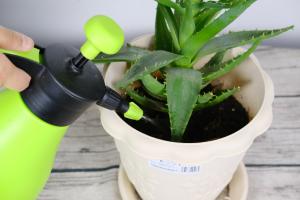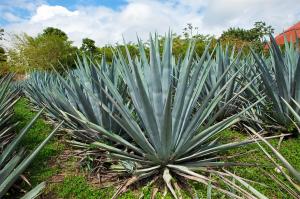Why Leaves of Tomato Plants Turn Yellow
Tomato plants are one of the most popular vegetables grown in home gardens all over the world. They are easy to grow and produce delicious fruits that can be used in a variety of dishes. However, sometimes the leaves of tomato plants turn yellow, which can be a cause for concern among gardeners. In this article, we will discuss the reasons behind yellowing of tomato plant leaves and how to prevent this problem.
Nutrient Deficiencies
One of the most common reasons for yellowing of tomato plant leaves is nutrient deficiencies. Tomatoes require a balanced mix of nutrients to grow properly, including nitrogen, phosphorus, and potassium. If any of these nutrients are lacking in the soil, it can lead to yellowing of leaves. Nitrogen deficiency is the most common cause of yellowing of tomato plant leaves. To prevent nutrient deficiencies, it is essential to add organic matter to the soil and use a balanced fertilizer that contains all essential nutrients.
Watering Issues
Watering issues can also cause yellowing of tomato plant leaves. Overwatering or underwatering the plants can both lead to yellowing of leaves. When plants are overwatered, the roots become waterlogged and cannot absorb nutrients properly, which can lead to yellowing of leaves. Underwatering can also cause leaves to turn yellow, especially during hot and dry weather. To prevent watering issues, it is important to water the plants regularly and deeply, and to ensure that the water drains properly.
Disease and Pests
Disease and pests can also cause yellowing of tomato plant leaves. Common tomato plant diseases, such as early blight and late blight, can cause yellowing of leaves, as can pests like spider mites and aphids. It is important to inspect the plants regularly for signs of disease or pests and take appropriate action as soon as possible to prevent damage to the plants.
Exposure to Sunlight
Tomato plants require full sunlight to grow properly, but exposure to too much sunlight can also cause yellowing of tomato plant leaves. When plants are exposed to excessive sunlight, they can develop sunscald, which can cause the leaves to turn yellow and die off. To prevent this, it is important to provide some shade to the plants during the hottest part of the day, especially during the summer months.
Conclusion
In conclusion, there are several reasons why leaves of tomato plants turn yellow, including nutrient deficiencies, watering issues, disease and pests, and exposure to sunlight. To prevent this problem, it is important to provide the plants with a balanced mix of nutrients, water them regularly and deeply, inspect them for signs of disease or pests, and provide some shade during the hottest part of the day. By taking these measures, you can ensure that your tomato plants produce healthy and delicious fruits for your enjoyment.

 how many times do yo...
how many times do yo... how many planted tre...
how many planted tre... how many pine trees ...
how many pine trees ... how many pecan trees...
how many pecan trees... how many plants comp...
how many plants comp... how many plants can ...
how many plants can ... how many plants and ...
how many plants and ... how many pepper plan...
how many pepper plan...































